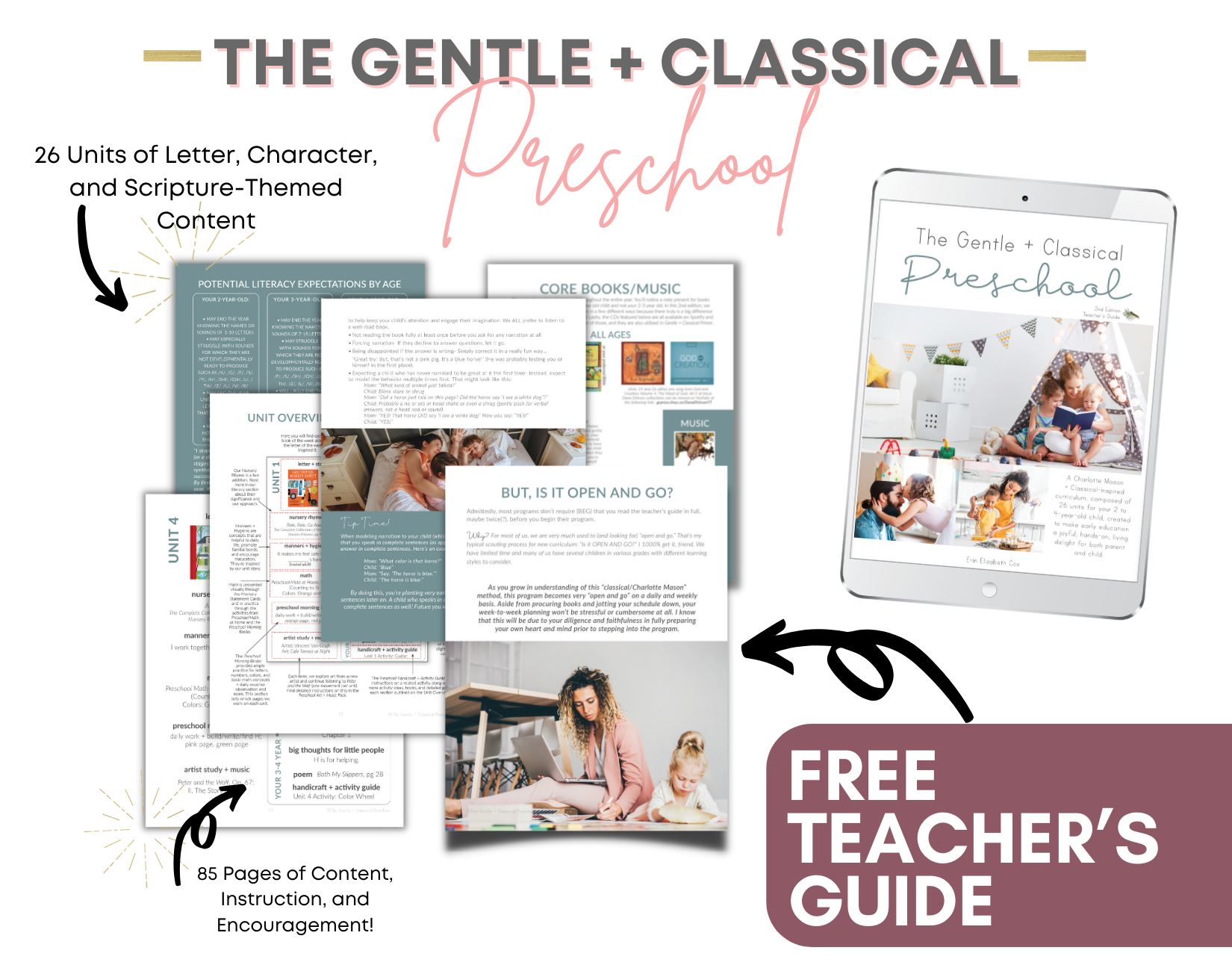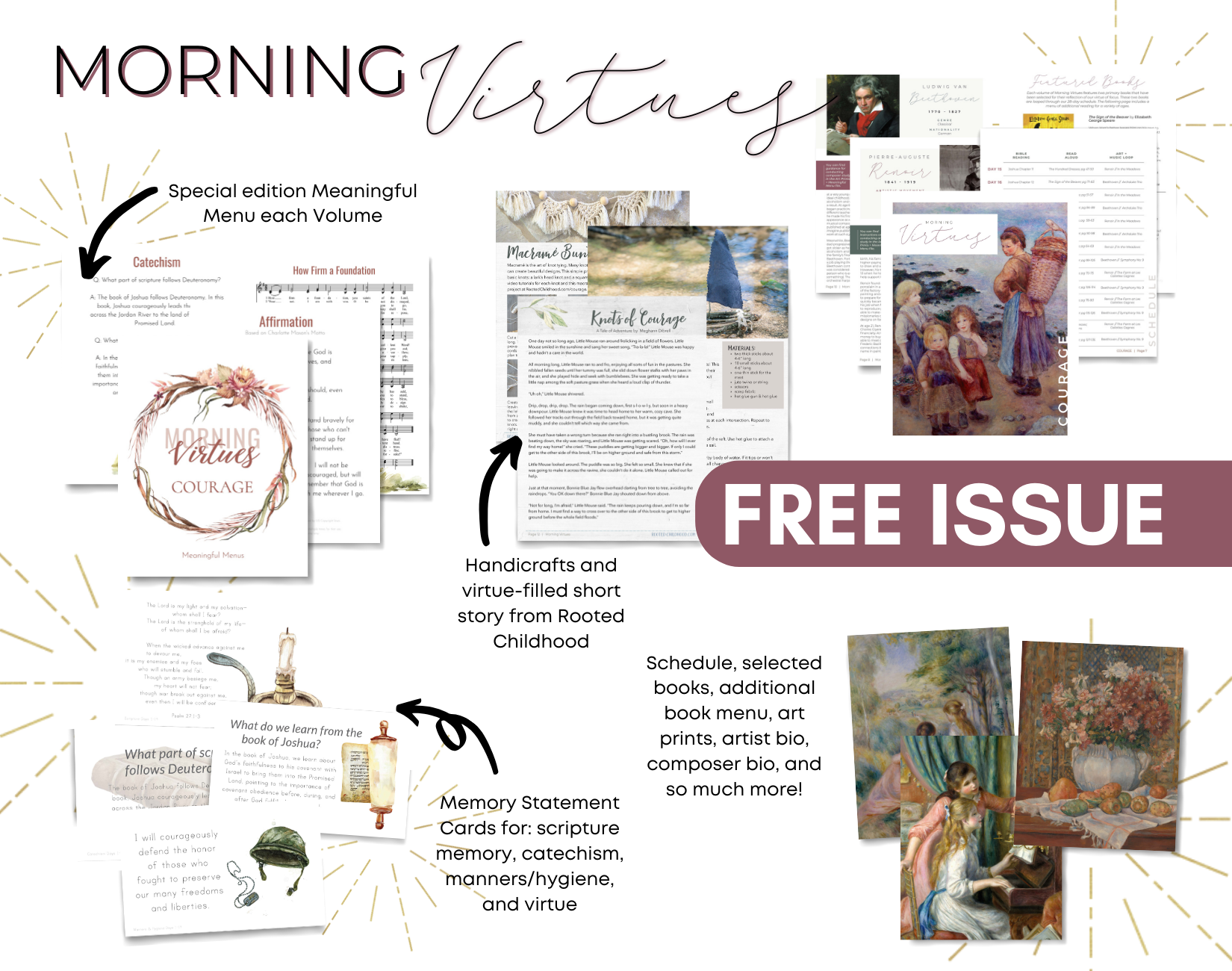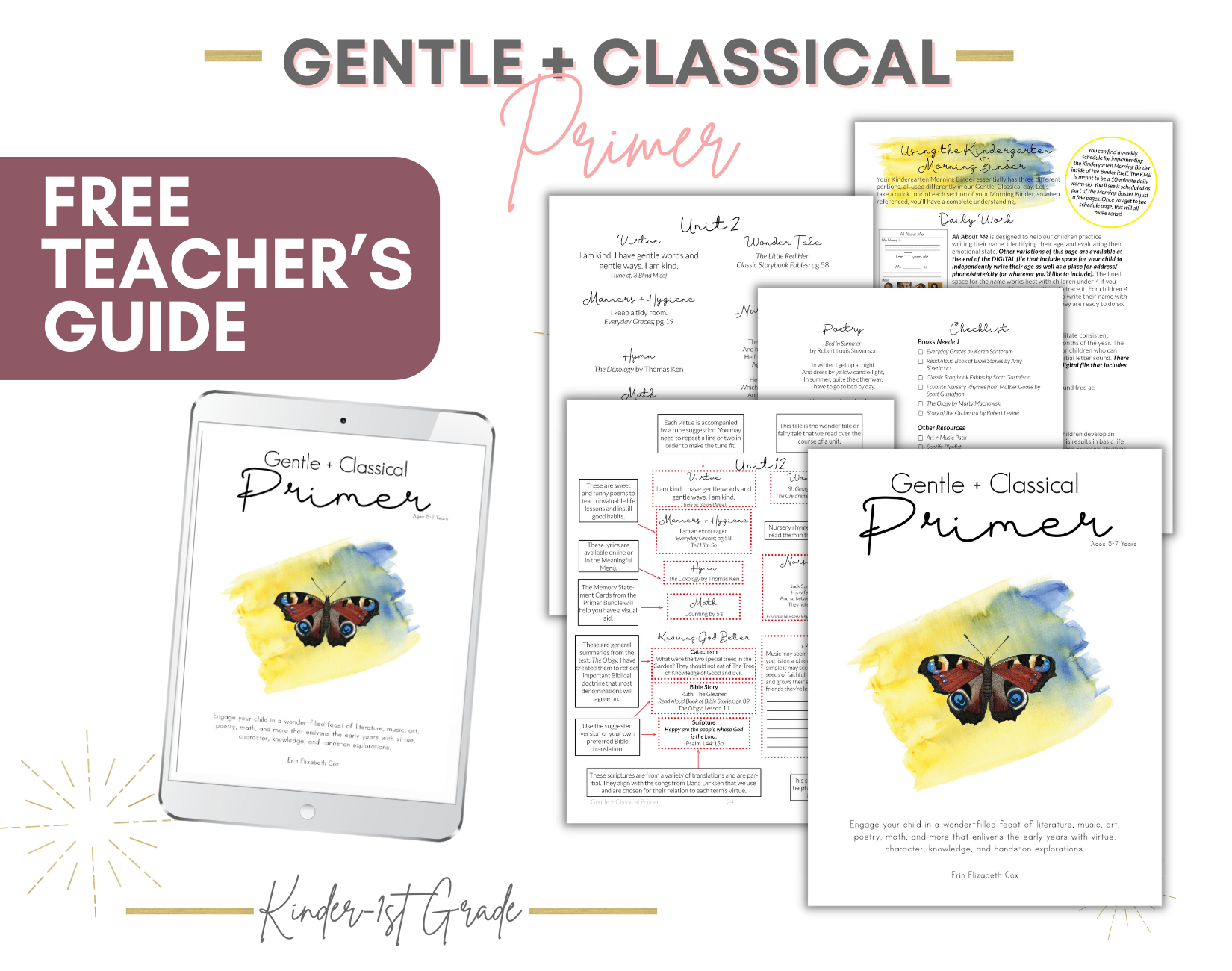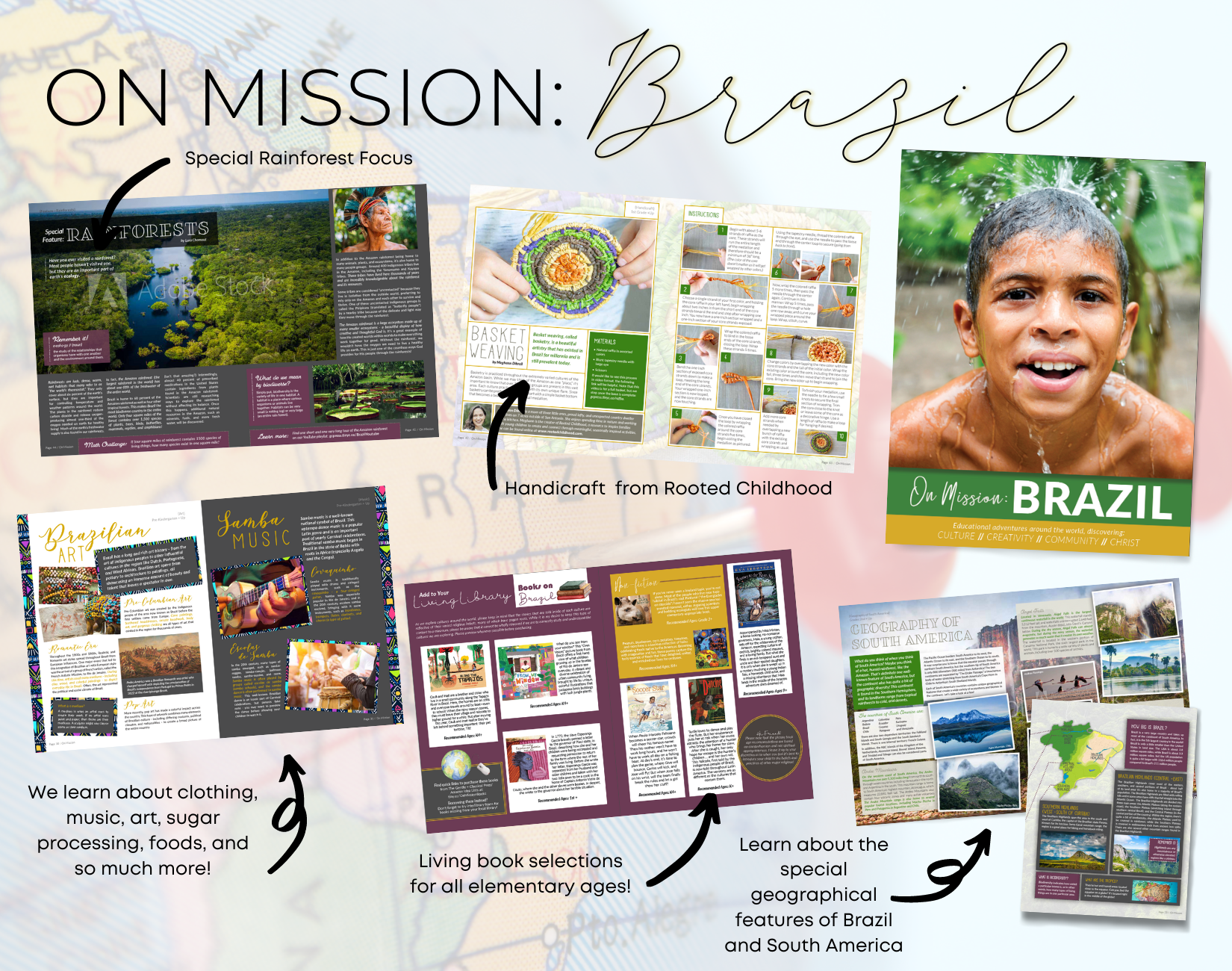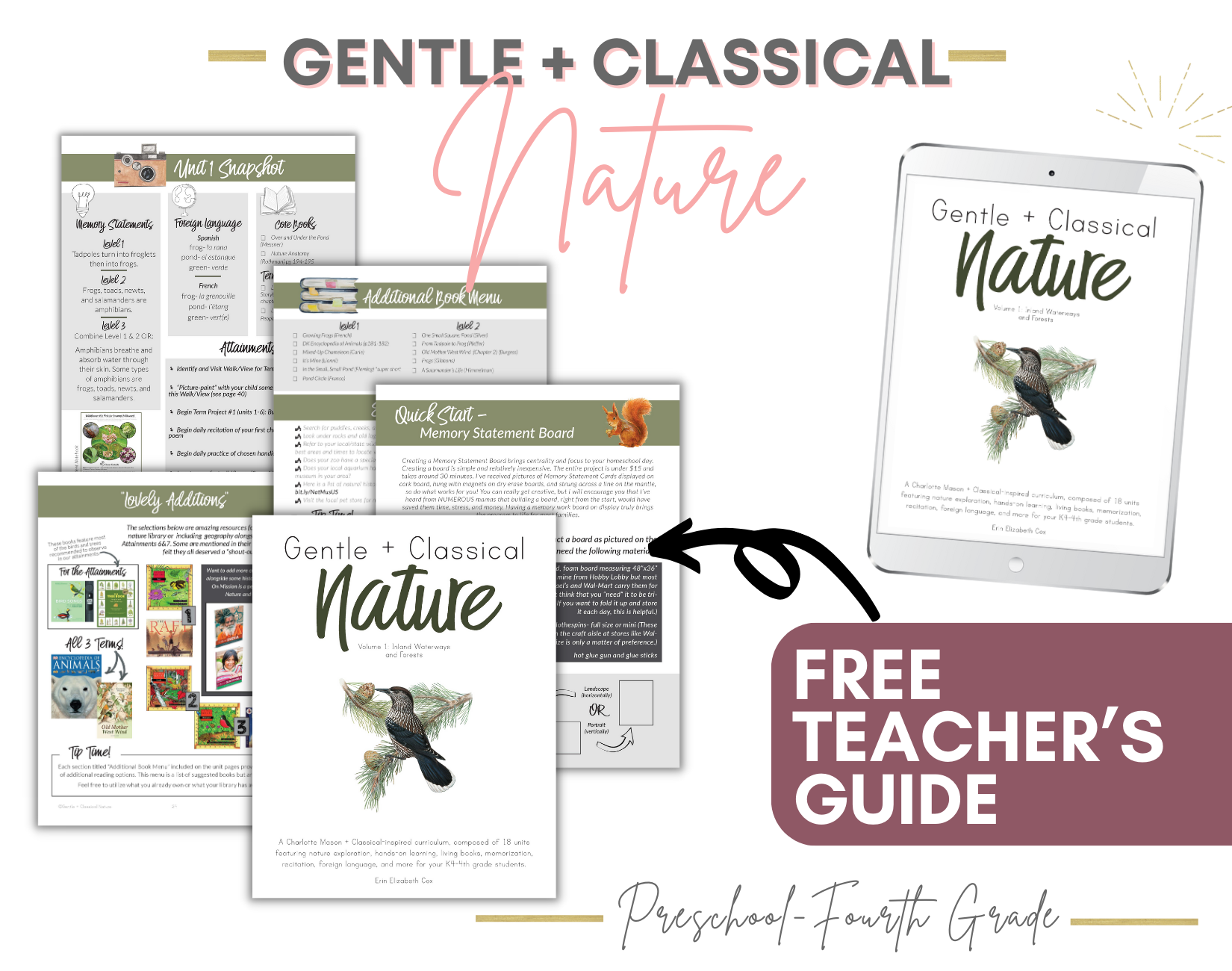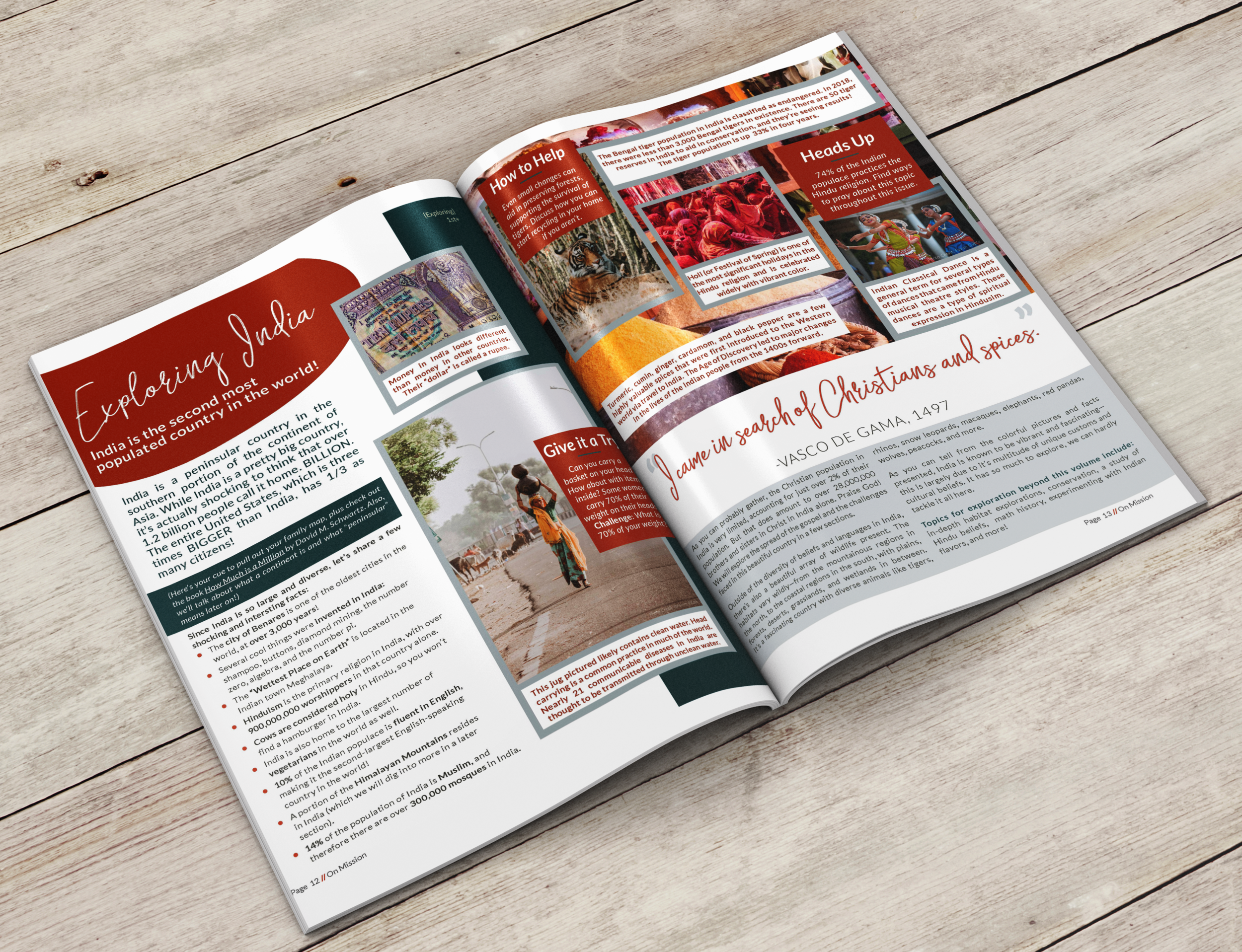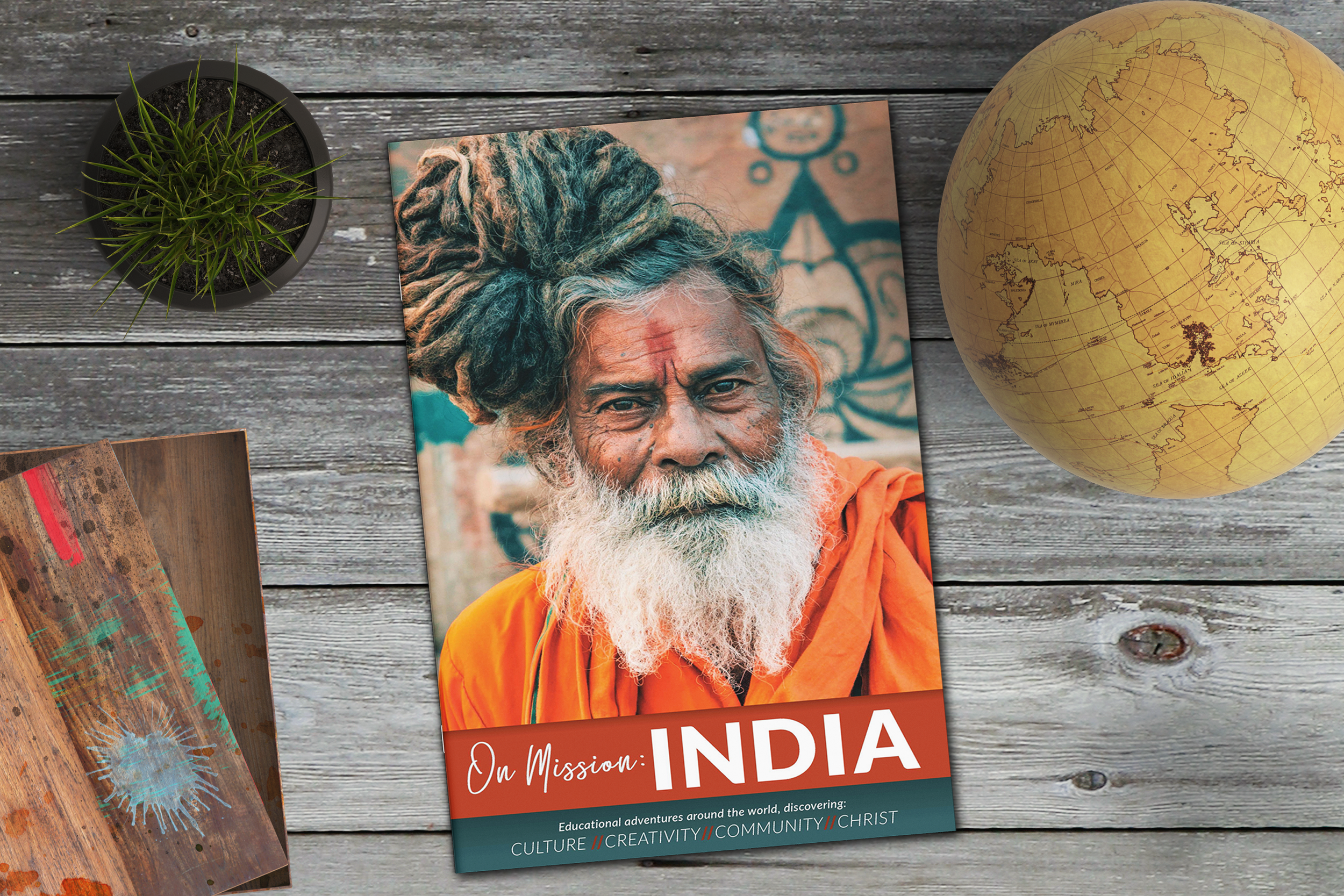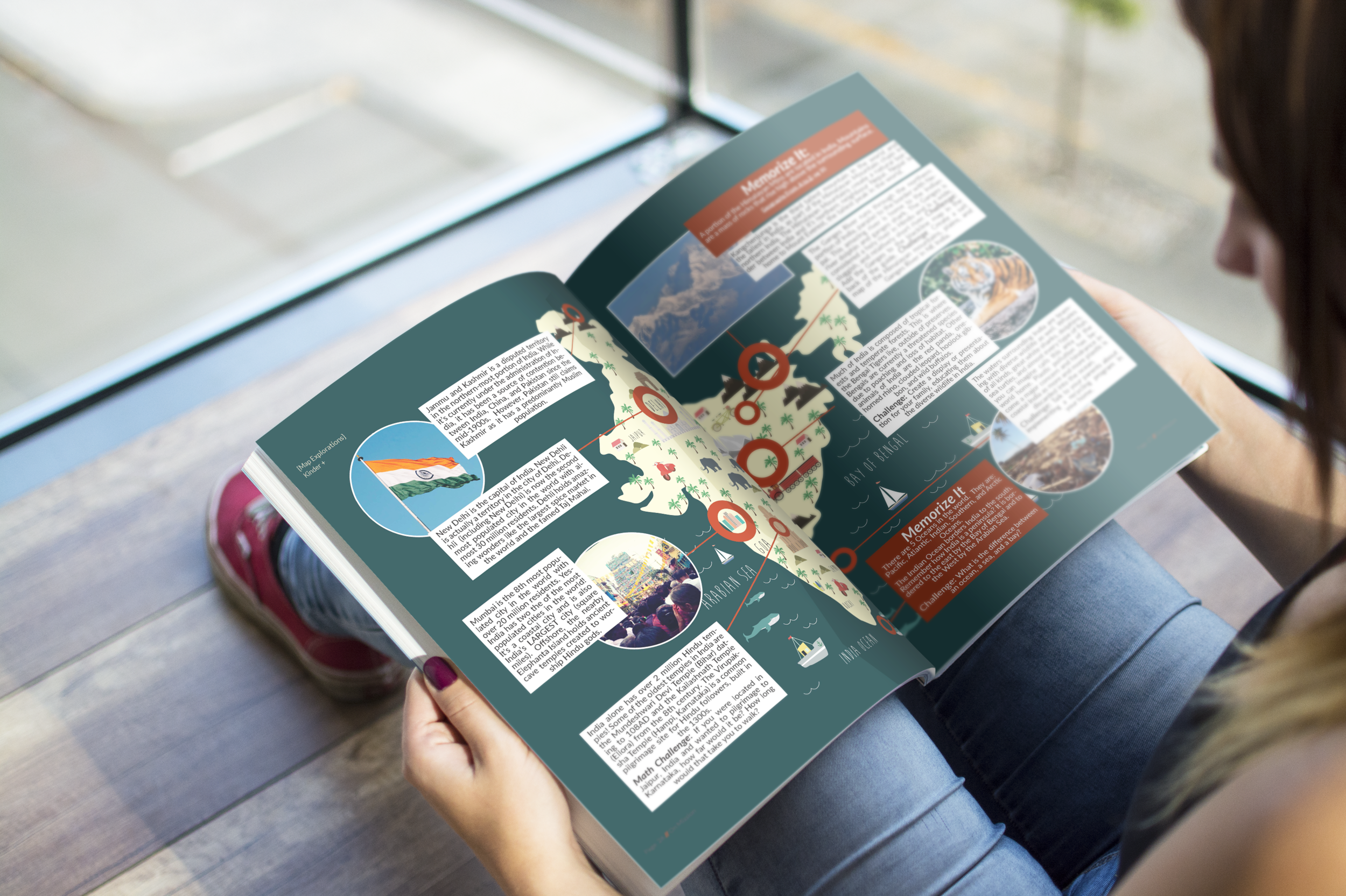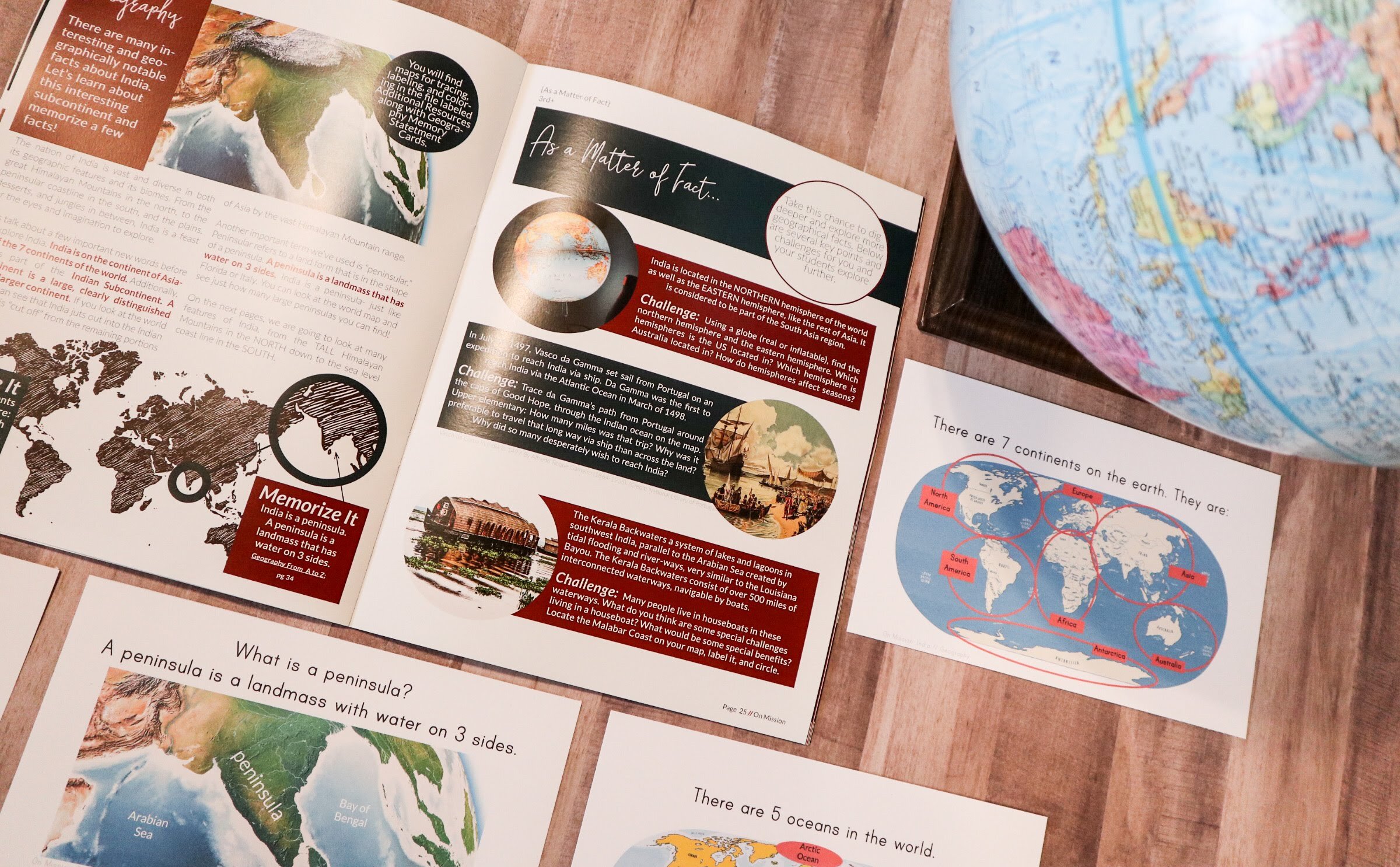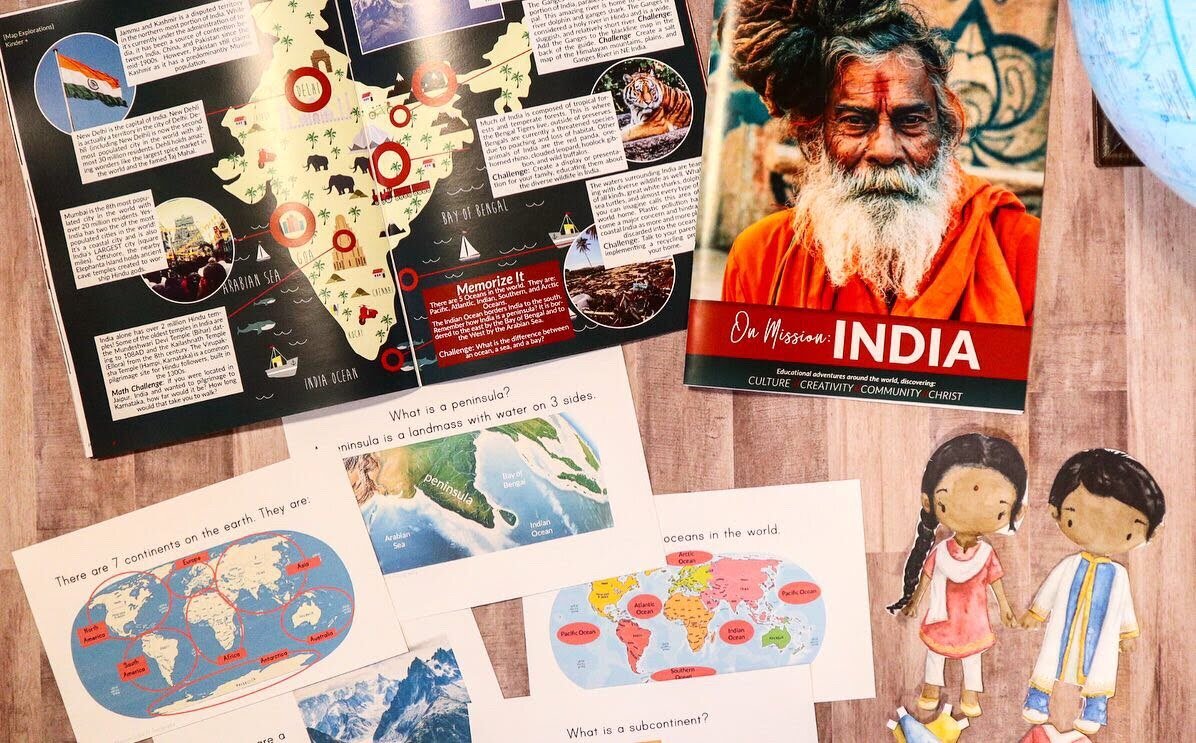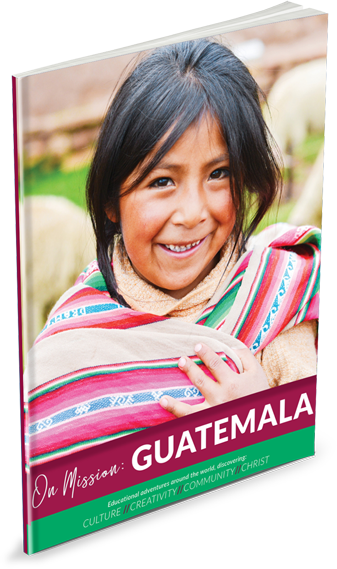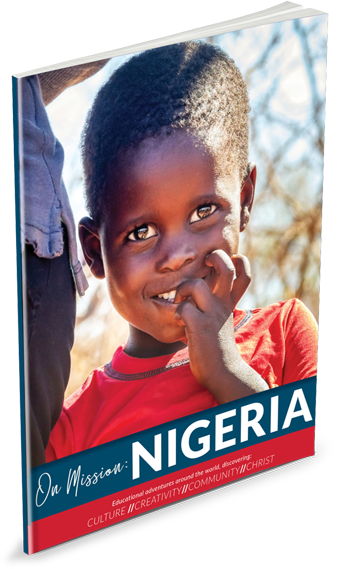Incorporating Geography & Culture into Your Homeschool
/We all have the foundational subjects we know are essential for a full educational feast: math, science, history, Bible, foreign language, and even the riches like art and music. But there are often subjects we unintentionally overlook—subjects that deserve a place in our homeschool rhythm.
Traditionally, history is the "core" of a classical education—one of the four "cycles" we commonly see referenced. But when I was developing one of our curriculums, I wrote a post I want to bring back into the conversation:
“History has a time and place—we cannot raise good citizens of the future without their understanding where our country and world has come from. But before we ask them to read and understand the adventures of Columbus or the wars of Ancient Greece, we must first instill a right knowledge of virtue and morality, and what better way to do that than through timeless, living, whole, healing stories that draw them in and help them develop their muscles of discernment?”
I want to go one step further and say: Before we dive into the adventures of da Gama, Columbus, or the rise and fall of empires, we must also give our children a lens for the present world—a foundation of understanding about the vastness of creation and the diversity of God’s image-bearers across it.
Making Missions and Geography Come Alive
How much more impactful is the story of da Gama when your children already have context about India’s geography, its people, its culture and religious practices? How much more vivid is that discussion when we’ve explored the region beforehand, prayed for its people, and looked at it through a missional lens?
Charlotte Mason once wrote:
“But the peculiar value of geography lies in its fitness to nourish the mind with ideas, and to furnish the imagination with pictures. Herein lies the educational value of geography.” (Home Education, Vol. 1, p. 272)
Geography is not simply about memorizing state capitals and tracing mountain ranges. It’s a discipline that should fill the imagination, open the eyes, and anchor a child in the reality of the present world and the God who made it.
Why We Created “On Mission”
Understanding God's diverse creation is not just a nice enrichment—it’s a necessary part of helping our children grow into compassionate, thoughtful citizens of the Kingdom. That’s exactly why On Mission was born.
This magazine-style curriculum brings current global cultures, living books, and real-world engagement into your homeschool in a way that’s simple and sustainable.
Designed for the “one-room schoolhouse” style, it allows families with multiple ages to learn together. Whether your children are preschoolers or middle schoolers, there’s something in On Mission for everyone.
5 Simple Ways to Integrate On Mission Into Your Homeschool Week
Add it to Morning Basket
Each issue is meant to be read aloud. Choose one article to read during Morning Time once or twice a week. The articles are short but rich—engaging enough for little ones while still informative for your older kids.Incorporate the Memory Statement Cards
Every issue includes 4–6 Memory Statement Cards in the Additional Resources folder. Pop them onto your memory work board to reinforce key facts and concepts.Break it into Weekly Themes
Each On Mission issue is meant to span a full 12-week term. You can break the material into digestible weekly themes, such as:Modern missionaries + What are missions?
Animals + habitats
Basic culture and geography
Food, language, and local traditions
Games, school life, and family culture
Praying God’s Word for a people group
Choose 1–2 Hours for Hands-On Exploration
Dig deeper into a theme once a week using the provided blackline maps, paper dolls, scripture cards, and hands-on activities. These tools make global studies more interactive and meaningful—without overwhelming your schedule.Use the On Mission Around the World
Because your family might enjoy a full year of learning about 12 countries, their geography, people groups, culture, and ecology, we’ve created On Mission Around the World. This full year, core curriculum was designed for grades 1st-5th and includes all subjects but grammar, reading, and math. You can find the FREE Teacher’s Guide HERE or watch this tour on YouTube.
Root Your Homeschool in the Present, Not Just the Past
Studying the world isn’t just about what has happened—it’s about what is happening. Through On Mission, we invite our children to know, love, and pray for the people God has made. Our goal is a missional mindset rooted in knowledge, understanding, and compassion.
And my prayer is that as you invite this kind of global, God-centered learning into your homeschool, you’ll find that the fruit it produces in your family is abundant and lasting.
Let’s teach our children the world—not just as it was, but as it is today.

